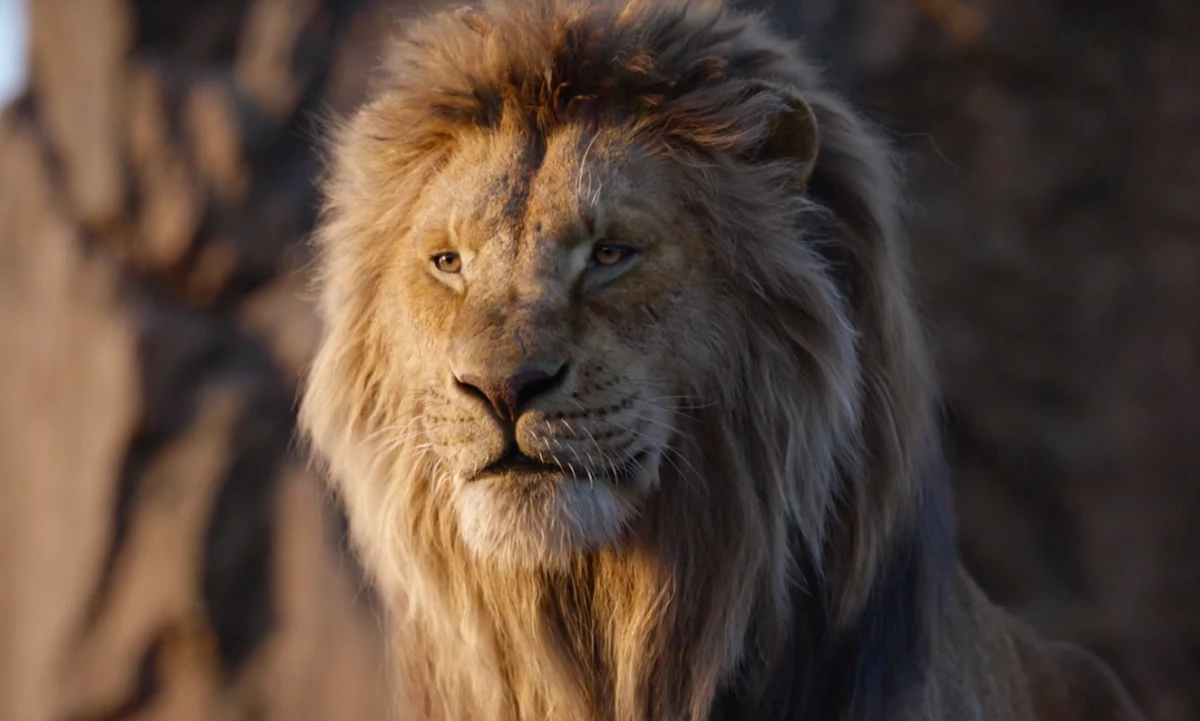So, needless to say, massive spoilers ahead. If you haven’t been watching WandaVision on Disney+ stop what you’re doing and watch the first five episodes before reading any further. What happens in episode five not only changes the audience’s view of the show but the entire MCU moving forward.
WandaVision always seemed like an ambitious undertaking but the meta approach the show takes to itself ups the ante entirely. Having SWORD be aware that Wanda is in a television show that plays by certain rules means they get to be the audience surrogate and discover what it means with the audience as the mystery unfolds. Quite a lot of that happened in episode 5 so let’s unpack some of it.
First, it’s becoming clear that Vision is not thereby choice, and despite and being an essential part of the WandaVision dynamic he seems to be just as much of a puppet in the charade as everyone else in the town. Wanda, it seems, has had some sort of mental breakdown and stolen Vision’s body from a SWORD lab shortly after the events of Avengers: Endgame.
We learned from last week’s episode that the events in Captain Marvel led Maria Rambeau to form SWORD (probably with the help of her new pal Nick Fury and SHIELD). Her daughter, Monica, joined the organization and has been an agent since. That connection led her to the events of WandaVision where she infiltrated the town as an undercover agent (kidnapped is more like it but both work for the sake of this description).
The image that is becoming clear is that Wanda now controls most of the town and, as we saw in the episode, can actually leave of her own free will whenever she wants. She knows it’s an illusion and is totally fine with that. What is also becoming clear is she may not be the only one in control. Though the House of M storyline in the comics shows that Wanda has the power to warp reality she’s never exerted this much control and even she seems surprised by the amount of power she is wielding. This brings up the possibility that there’s another player at work.
SWORD finds a way to send a message to Vision allowing him to essentially wake from the spell Wanda has put him under and confront her about the entire situation. The show breaks out of its episodic structure going well beyond the credits proving Vision is no longer playing by her rules.
That’s when everything cracks wide open. Just as the two are talking about Pietro (Quicksilver) and how Wanda used to have a brother the doorbell rings. At this point the audience expects Pietro to show up, it’s built into the structure of the genre. And he does, just not the one we expect.
Here is where some history may help. Back before Disney bought out FOX two versions of Quicksilver made their way to cinemas at the same time. Aaron Taylor-Johnson joined Elizabeth Olson as the Maximoff Twins in Avengers: Age of Ultron while Evan Peters joined the X-Men in Days of Future Past. In the MCU Quicksilver was killed during the battle with Ultron but within the X-Men timeline Quicksilver is alive and well albeit quite a bit older than his MCU sister at that point. But, since Fox’s mutants are now fair game, it is Peters’ version of Quicksilver that shows up at Wanda’s door at the end of the episode.
His appearance marks the first real mutant and X-Men to show up in the MCU. Of course, the MCU was going to introduce the X-Men at some point but it was always assumed they would be rebooted and much further down the line. By bringing Peters in Wanda has somehow broken the multiverse and pulled him out of the X-Men timeline. What’s even weirder though is that he seems to recognize her as his sister. Unless of course, that’s not actually Pietro just someone pretending to be Pietro to further mess with Wanda’s brain. It goes without saying that next week’s episode is going to be bonkers.

Movie
‘Mufasa: The Lion King’ Will Leave You Breathless

“Mufasa: The Lion King” is a visually stunning addition to the beloved Lion King franchise, offering a fresh and emotionally resonant take on the origins of one of Disney’s most iconic characters. The film beautifully explores Mufasa’s journey, balancing heartfelt moments with touches of comedy that lighten the mood and make the story accessible to audiences of all ages. The animation is breathtaking, capturing the vibrant landscapes and lush environments of the Pride Lands, adding depth to Mufasa’s character and his relationships.
The storytelling is compelling, effectively pulling at the heartstrings while providing insights into Mufasa’s character before he becomes the legendary king. However, the setup for Scar’s betrayal feels somewhat underdeveloped, lacking the deeper motivation that could have enriched their complex brotherly relationship. This missed opportunity leaves a slight gap in understanding Scar’s actions, which could have elevated the dramatic stakes.
The musical score is impressive, featuring memorable songs that enhance the emotional impact of pivotal scenes. While there are several standout tracks, one song, in particular, resonates deeply and is sure to linger in viewers’ minds long after the credits roll. Overall, “Mufasa: The Lion King” is an amazing film and a worthy addition to the Lion King lore that manages to deliver both laughter and tears, offering a rich tapestry of storytelling that fans will appreciate.
Movie
Is ‘Kraven the Hunter’ a Total Letdown?

“Kraven the Hunter,” directed by J.C. Chandor, aims to introduce a beloved Spider-Man villain to the big screen, but unfortunately, it falls short of expectations. The film suffers from noticeable issues, notably an overuse of ADR (Automated Dialogue Replacement), which detracts from the authenticity of the characters’ interactions and contributes to an uneven audio experience. This technical flaw is compounded by rough storytelling that feels disjointed and lacking in coherence, leaving viewers struggling to connect with the narrative.
Aaron Taylor-Johnson delivers a commendable performance as Kraven, showcasing the character’s gritty nature and complex motivations. His portrayal has potential, and it’s evident that he could elevate the character far beyond what is presented with a stronger script and direction. However, the absence of Spider-Man, a central figure in Kraven’s lore, leaves a void that the film struggles to fill. Without this critical connection, the plot meanders and fails to create the tension or stakes that fans of the superhero genre crave.
Additionally, including Rhino as a villain feels like a missed opportunity; he is presented more as a gag character with limited screen time, undermining any sense of threat or depth. For the average moviegoer, “Kraven the Hunter” might entertain but ultimately feels like a mediocre viewing experience. Comic book fans, however, may find disappointment in this lackluster attempt to create a solo character film. Instead of an exhilarating dive into Kraven’s world, the film presents a watered-down version, leaving audiences wishing for a more cohesive vision that honors its comic book roots.
Movie
A Brief Review and History of A Year Without a Santa Claus

A Year Without a Santa Claus, the 1974 stop-motion holiday classic produced by Rankin/Bass, is a heartwarming and whimsical tale that has cemented its place in holiday traditions. Based on Phyllis McGinley’s 1956 book, the story revolves around a disheartened Santa Claus who, feeling unappreciated, decides to take a year off from his Christmas duties. It’s up to Mrs. Claus and a pair of well-meaning elves, Jingle and Jangle, to reignite the Christmas spirit and show Santa the world’s unwavering belief in him.
The movie is beloved for its unforgettable characters, especially the bickering Miser Brothers, Snow Miser and Heat Miser. Their catchy, vaudeville-style musical numbers, “Snow Miser Song” and “Heat Miser Song”, are so iconic they’ve become cultural touchstones, often parodied and celebrated decades later.
Directed by Arthur Rankin Jr. and Jules Bass, the film continues the duo’s tradition of stop-motion magic, blending heartfelt storytelling with quirky humor. The voice cast, featuring Mickey Rooney as Santa and Shirley Booth as Mrs. Claus, delivers standout performances. Booth’s warm narration was her final acting role before retirement, adding a layer of poignancy to the film.
Initially released on December 10, 1974, on ABC, the special didn’t immediately achieve the legendary status of Rudolph the Red-Nosed Reindeer. However, it gained a dedicated following through annual holiday airings, nostalgic appeal, and its distinct charm.
The film’s themes of hope, unity, and rekindling joy remain timeless, making it a perennial favorite for audiences of all ages. Its blend of humor, catchy songs, and a touching message about believing in magic and goodwill ensures its enduring legacy during the holiday season.
For fans of holiday classics, A Year Without a Santa Claus is a must-watch that never fails to warm hearts and spread cheer.


